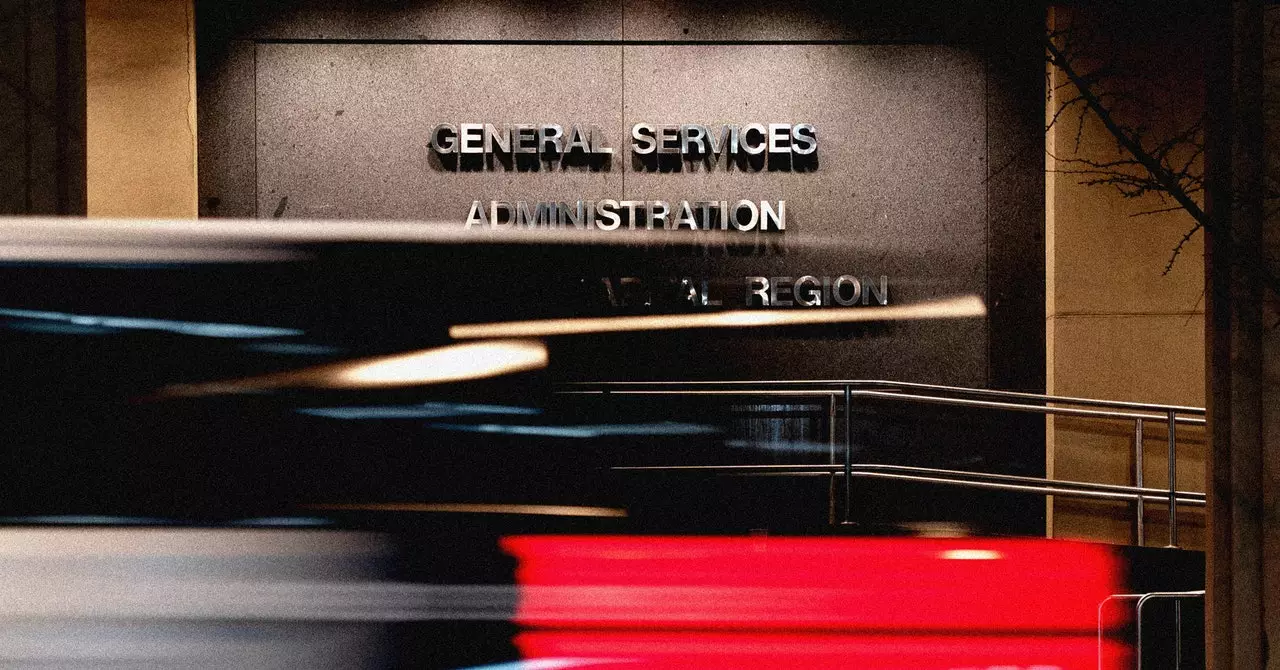Elon Musk’s Department of Government Efficiency (DOGE) has taken a significant step in transforming the federal workplace by deploying a proprietary chatbot named GSAi to 1,500 employees at the General Services Administration (GSA). With automation becoming an integral part of various industries, this move marks a pivotal moment for the U.S. government as it seeks to streamline tasks that were traditionally performed by human workers. The introduction of GSAi signals a broader trend toward integrating artificial intelligence in governmental operations, raising questions about the implications for the workforce and how these advancements will reshape the structure of public service.
GSAi is designed to assist with “general” tasks akin to popular commercial AI tools such as ChatGPT and Claude by Anthropic. This proprietary tool is thought to be tailored to ensure safety and compliance within federal operations, reflecting a growing necessity for government agencies to leverage technology while safeguarding sensitive information. However, the deployment of such a tool brings with it a slew of concerns—primarily regarding employee layoffs and the extent to which AI can genuinely enhance productivity without jeopardizing jobs.
Understanding the Implications of AI Integration
One pressing question emerging from this development is whether the rollout of GSAi is a precursor to larger workforce reductions. An unnamed AI expert speculated that the widespread adoption of AI tools within the government could potentially legitimize further layoffs, as agencies may promote these technologies as replacements for human labor. The fear of job loss hangs heavily over many federal workers, who could face an uncertain future as machines increasingly take on roles that once required human intellect and creativity.
The initial pilot of GSAi saw 150 users test the chatbot’s capabilities before its full-scale implementation. Now, the potential exists for it to be deployed across the entire GSA. This accelerated timeline has been facilitated by a newly aligned leadership team within DOGE, indicating a robust commitment to harnessing technology while still navigating the complex landscape of public service demands and ethical considerations.
The User Experience and Limitations
Federal employees have begun interacting with GSAi through a user-friendly interface reminiscent of popular chatbots, navigating a variety of functionalities—from drafting emails to summarizing lengthy documents. Despite the initial excitement surrounding its capabilities, there are reservations about its effectiveness. One employee remarked that the chatbot’s performance is “about as good as an intern,” implying that the responses often seem generic and lack depth.
As noted in internal communications, GSAi’s usage guidelines emphasize the importance of inputting specific and well-structured prompts to elicit better responses. An internal memo provides examples of ineffective prompts, guiding users toward crafting inquiries that yield substantial results. While the system’s adaptability is highlighted—learning and improving over time—the actual user experience has not entirely matched the lofty expectations set by its developers.
The Broader Impact on Federal Agencies
Beyond the GSA, additional departments such as the Treasury and the Department of Health and Human Services are exploring the potential for using GSAi or similar chatbot technologies within their respective operations. This trend signifies a burgeoning interest in leveraging AI across various governmental bodies, hinting at a possible standardization of AI tools aimed at enhancing efficiency. Nevertheless, concerns about the quality of interaction and the capabilities of these machines remain prevalent.
Simultaneously, the implications of AI adoption in sensitive areas cannot be ignored. Reports of the U.S. Army employing a generative AI tool to filter out topics related to diversity and inclusion underscore the need for careful oversight in how AI is implemented within the government. The ethical responsibilities attached to such technologies bear significant weight, and a cautious approach is vital to prevent social or operational repercussions.
Shifting Roles in the Federal Workforce
Amid the rollout of AI solutions, significant organizational changes are surfacing within the GSA. A recent announcement revealed the reduction of the agency’s tech workforce by 50%, with around 90 technologists being laid off. This drastic change raises questions about job security and the future roles for those who remain. The emphasis on transforming the remaining staff to focus on public-facing projects suggests that the government is not entirely abandoning human oversight, but rather evolving the concept of public service in conjunction with advanced technologies.
As efforts continue to weave AI into the fabric of government functions, it is clear that the partnership between human workers and artificial intelligence represents a new frontier. The challenge will be to strike a balance where both entities can coexist, each contributing unique strengths to enhance overall governmental efficiency while ensuring that the human element remains integral to public service. With advancements like GSAi, the federal workforce is on the brink of transformation, but the true measure of success will be how effectively this change is managed in the years to come.

